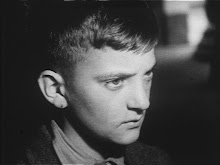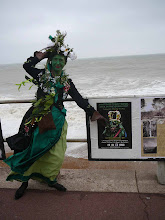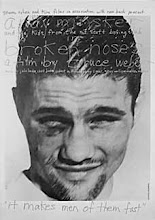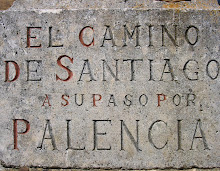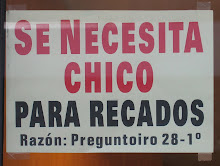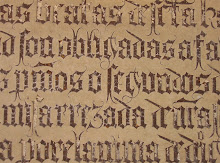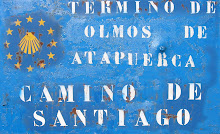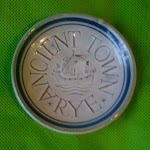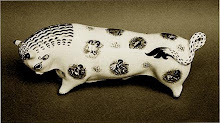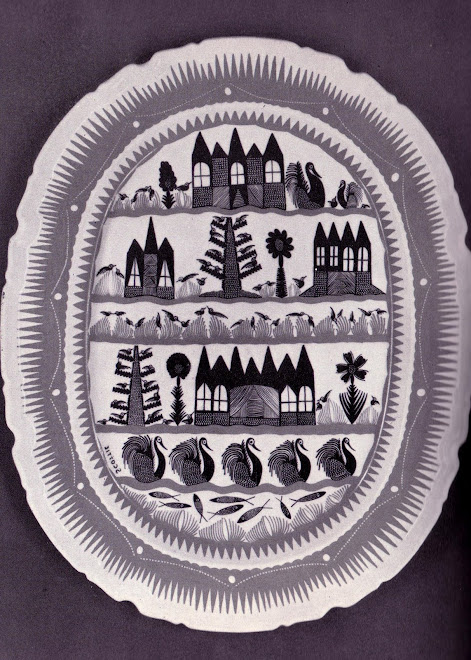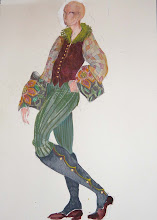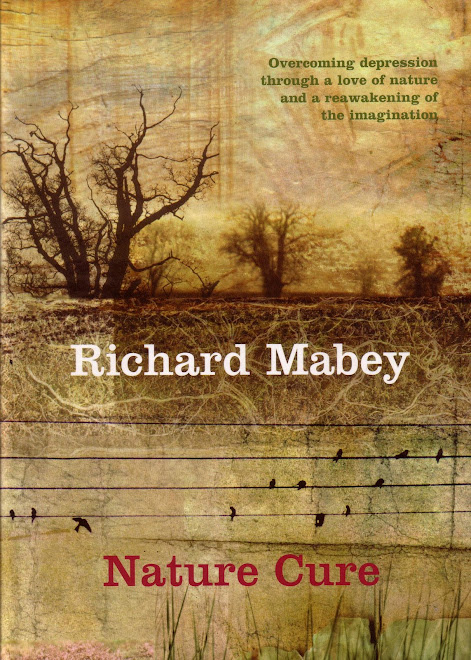 |
Organised for the 1951 Festival of Britain, 'Black Eyes and Lemonade' was staged at London's Whitechapel Gallery by artist, designer and writer Barbara Jones in collaboration with Tom Ingram. This ground-breaking exhibition challenged established notions concerning the cultural value attached to so-called 'everyday' or vernacular objects. The show, divided by the curators into specific categories such as Home, Birth-Marriage and Death, Commerce and Industry, was a celebration of the Everyday, mirroring Jones' fascination for the commonplace, possibly otherwise-overlooked elements of British popular culture and of the values associated with objects both machine-manufactured and handmade when placed within an exhibition construct. Stressing in her exhibition manifesto that 'the museum eye must be abandoned', Jones curated a provocative spectacle that posed challenging questions about hierarchies of value, creation and consumption. It was an exhibition that also championed judgements associated with object-making, creators and collectors, whist also challenging established notions of consumerism and mass-market appeal of the period. Many of the objects on display at the 1951 exhibition had come from Jones' own collection. A lifelong avid gatherer of the unorthodox and unusual. they were sourced from markets. secondhand dealers and often, directly from the makers themselves. Additional items were sourced during a trip at the beginning of the Festival year that Jones made in a converted London taxi with Ingram, which they purchased for £30.00. A passenger seat and a near-side door was installed, but the rest of the car's interior was left clear for transporting the spoils that were discovered during the course of the trip. Jones was to opine that once outside London, the iconic black cab was a rarity, and it proved a major factor in the success of the venture. 'We bought the whole popular art scene right up to date', she stated in her catalogue contribution for 'A Tonic to the Nation' that accompanied the 1976 exhibition at the Victoria and Albert Museum and which marked the 25th anniversary of the Festival of Britain. She went on to say that 'as far as I know, this was the first time it has ever been done: things currently on sale in the shops and posters on the hoardings, plaster and plastic ornaments...were all displayed as works of art'.
The title of the 1951 exhibition derives from the Thomas Moore poem Intercepted Letters or the Two-Penny Postbag of 1813: 'A Persian's heaven is easily made: 'Tis but Black Eyes and Lemonade'. The exhibition featured exhibits such as ship's figureheads, waxworks from Tussauds, fireworks, Victorian Valentines, quilts. engraved pub mirrors, narrow-boat painting, carnival masks, Salvation army uniforms and children's toys. The selection also embraced the seasons and traditional festivities specific to towns and communities throughout the British Isles. All the exhibited objects were made and sourced in the United Kingdom. The Whitechapel exhibition was hugely popular with visitors throughout the months of the Festival, and their visit made them appreciate more fully, the rich variety of vernacular art that surrounded and informed their daily lives in a way hitherto unimagined. The new and the commonplace were displayed intentially side by side and, as Jones' goes went on to say; '...by the end most people felt able to accept a talking lemon extolling Idris Lemon squash and Bassetts Liquorice Allsorts isolated under a spotlight'. By extension, she recalled a borrowed waxwork of the late-lamented Chief Rabbi of Whitechapel having to be relocated as the local Synagogue felt that the effigy was placed too near to the talking lemon for dignity to be duly observed.
Simon Costin, director of the Museum of British Folklore, in partnership with Dr. Catherine Moriarty, design historian and curator of the Design Archives at Brighton University, have collaborated with the Whitechapel Gallery Archives to re-examine and re-evaluate the importance and cultural significance of Jones' contribution to the 1951 Festival of Britain half a century on and in the light of contemporary views of art, design and culture. Original installation photographs from the 1951 exhibition are included, alongside items once belonging to Barbara Jones from the Tony Raymond collection, now in the holdings of Brighton Design archives. There are fireworks from the collections of the Museum of British Folklore, original correspondence between Jones and the Whitechapel Art Gallery, as well as that which was sent to manufacturers and makers of objects for the original exhibition. Central to the current exhibition is the famous Airedale Terrier fire-surround that featured in the original show and which was discovered in the vaults of the Design Museum. 'Black Eyes and Lemonade: Curating Popular Art' runs until September 1st in the Pat Matthews Gallery, Whitechapel Art Gallery, 77-78 Whitechapel High Street, London E1 7QX





















